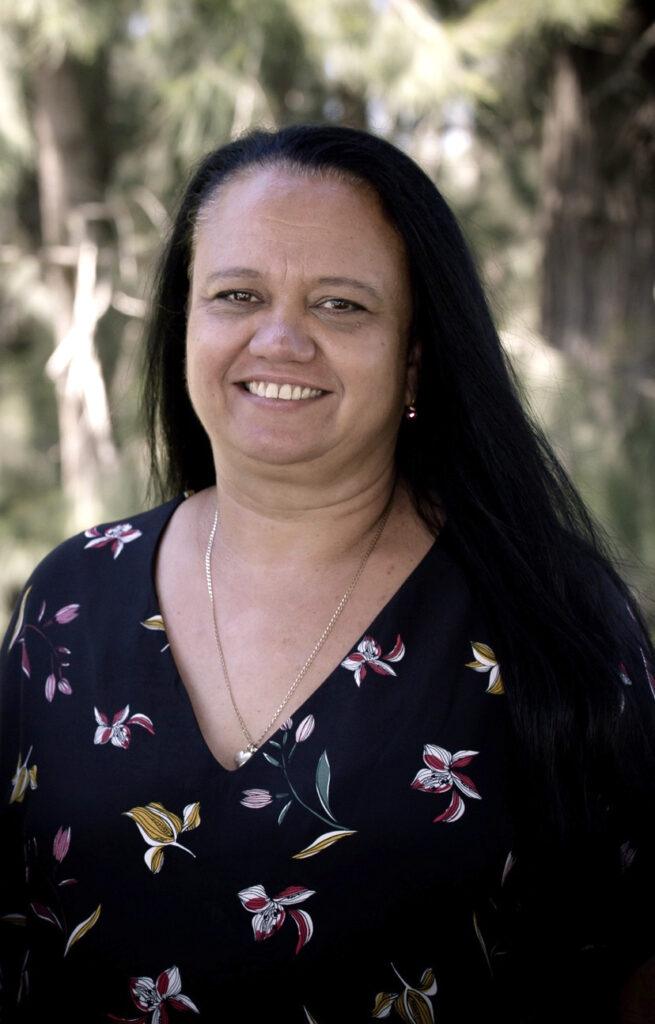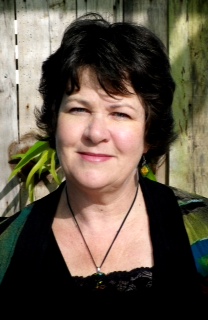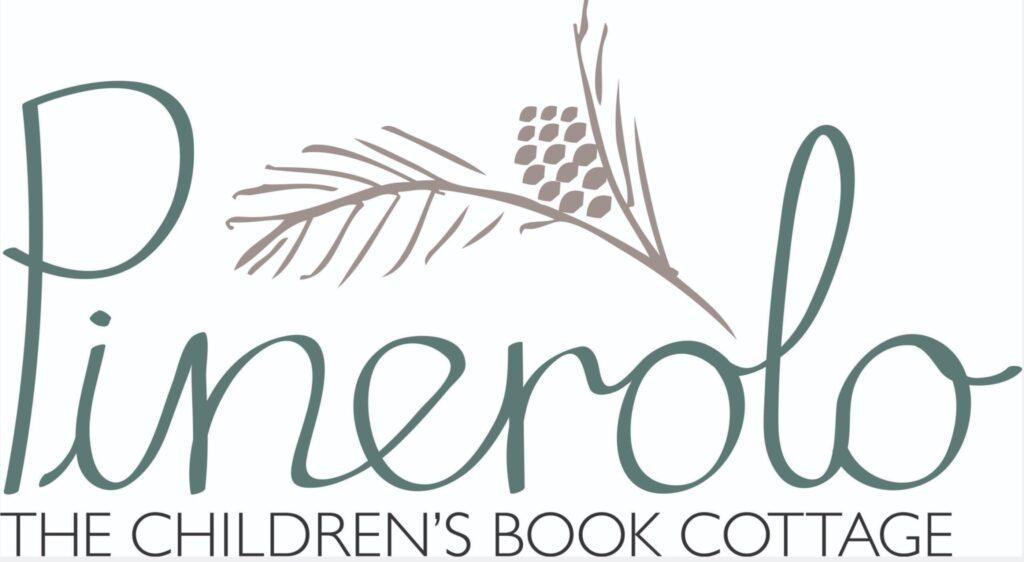Leanne Mulgo Watson, illustrator of Cooee Mittigar: A Story on Darug Songlines answers some questions about her book. We thank Leanne, Magabala Books, and Anna Abignano for this interview
Is the use of white dots and patterns to detail illustrations/art exclusively the domain of Indigenous artists? (I am thinking about classroom activities in asking this)
The white dots in my art indicate cultural significance, including the dots in my art; it was how I was taught to paint from my elders. Many people say that the dot work isn’t from Darug nura but I disagree. We have many traditional sites that have dots in the art – both engravings and rock shelters. In saying that, my art style is contemporary and also includes traditional art elements.
Do the colours selected reflect the seasons or have particular cultural significance?
When I use colours, I am reflecting the landscape and environment, the ochre colours have cultural significance for me, red and yellow ochre, white and black. Although there are also some pinks and other ochre colours in Darug nura I try to incorporate all the colours of our nura in my paintings.
Was it difficult to remove the modern human element when describing in both words and pictures the greater Sydney Basin area?
In our culture everything within the environment is equal. When I look at our nura I always picture how it was, so I didn’t find it hard to remove the human element from the greater Sydney basin area. When Darug people look at the environment we see cultural aspects that don’t include to crowds of today. I can look at developed areas and still picture how it was and what sites are there.
What age range is this book intended for?
Our book is intended for all ages, including adults even though it is a children’s book. I feel that this is a soft approach for all ages to have an introduction to our language.
Read Liz Anelli’s review here





